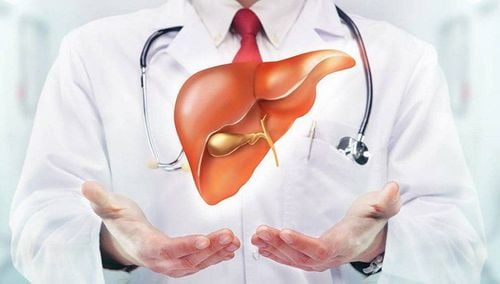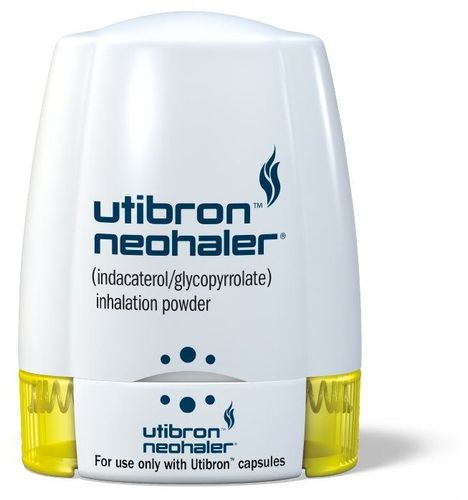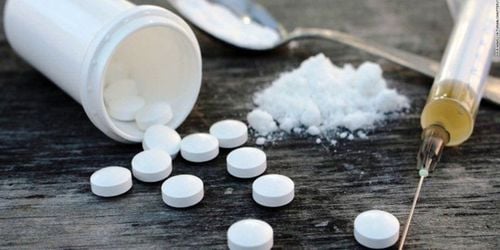This is an automatically translated article.
SaO2 index is one of the important indicators, having a great influence on human health. So what is SaO2? What does it mean and why should we check them so often? Let's find out the article below that will help you answer those questions, and give you a better understanding of the knowledge about SaO2.
1.What is the SaO2 Index?
SaO2 index is an important indicator to assess respiratory failure in addition to a number of other blood gas parameters and acid - base balance such as PaO2, PaCO2, AaDO2... Usually to determine these parameters Blood gases and acid-base balance, arterial blood is taken for testing (taking blood from the radial artery, ulnar artery, brachial artery, femoral artery) with a special instrument to avoid further blood sampling. contact with air and give accurate results.
When testing blood gas parameters and acid-base balance, there are 3 parameters of pH, PaO2, PaCO2 which are automatically measured by selective electrodes (with their own structure and operation), while other parameters such as: Other parameters are calculated automatically by the computer processing unit of the machine. When measuring, the device needs to be standardized and measured immediately after taking blood.
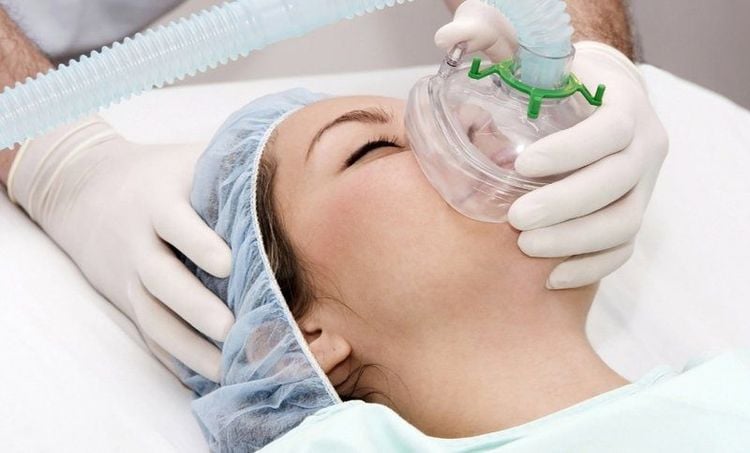
Chỉ số SaO2 là một chỉ số quan trọng để đánh giá tình trạng suy hô hấp
2. Blood gas parameters and acid-base balance
2.1. PaO2 - arterial blood oxygen pressure
Normally in young people, adults PaO2 = 85-100mmHg, accounting for about 95-98% of the total oxygen in the blood.PaO2 increases: When the partial pressure of O2 in alveolar blood increases. Decreased PaO2: Due to hypoventilation, decreased diffusion, and an imbalance in the Va/Q ratio (ventilation/blood flow).
2.2. PaCO2 - arterial blood CO2 pressure This is an important parameter to indicate whether acid-base disturbances are related to respiratory causes or not. Normal: PaCO2 = 35 - 45 mmHg and average is 40 mmHg. PaCO2 also depends on alveolar ventilation (inversely proportional): Increases when alveolar ventilation decreases and vice versa.
2.3. SaO2 - functional oxygen saturation SaO2 is the combined form of oxygen and hemoglobin. Normal: SaO2 = 95 - 97% (95 - 99% if pH = 7.38 - 7.42, PaO2 = 97%, PaCO2 = 40 mmHg).
When SaO2 decreases, less than 50%, the binding affinity of oxygen to Hb will decrease sharply.
2.4. AaDO2 - alveolar-arterial O2 gradient Normal: AaDO2 less than 15 mmHg. From over 30 years old, for every 10 years increase, AaDO2 increases by 3 mmHg. An increase in AaDO2 indicates impaired gas exchange.
2.5. Arterial blood pH Arterial blood pH is a more familiar and widely used indicator for many people. Normal: arterial blood pH ranges from 7.38 to 7.42.
pH < 7.38 is acidosis. pH > 7.42 is base infection.
2.6. Bicarbonate (HCO3-) Bicarbonate is the amount of HCO3- present in plasma, including true bicarbonate (actual bicarbonate = AB) and standard bicarbonate (standard bicarbonate). True bicarbonate is the actual bicarbonate concentration of a blood sample taken in the absence of exposure to air, which corresponds to the true pH and PaCO2 of the blood sample. Normal: AB = 25 mmol/l.
Standard bicarbonate is the amount of HCO3- (mmol/l) of plasma and is referred to as standard conditions such as PaCO2 = 40mmHg, To= 37oC, pH = 7.40. Normal: SB = 24 ± 2 (mmol/l).
2.7. Total CO2 Total CO2 (t.CO2) is calculated according to the following formula:
t.CO2 = dissolved CO2 (PaCO2) + CO2 carbaminate + CO2/bicarbonate (accounting for up to 90% of the total CO2 in the blood).
Normal: t.CO2 = 25 - 30 (mmol/l). + Base excess (Base excess = BE).
BE is the difference between the patient's buffer base and the normal person's buffer. Normal: BE = 0 (pH = 7.40; PaCO2 = 40 mmHg; Total Hb = 150 g/l, temperature 37oC).
Changes in blood gas parameters allow assessment of hypoxemia and diseases with respiratory failure.
3. Difference between SpO2 and SaO2 . indexes
SpO2 and SaO2 are both oxygen saturations in arterial blood but have different measurement methods. While SpO2 is measured by pulse oximeter, SaO2 is measured by measuring arterial blood gas.SaO2 is an accurate indicator of blood oxygen saturation while SpO2 gives inaccurate results in Hb diseases because its measurement (pulse oximeter) cannot detect cells Abnormal red blood cells in the blood.
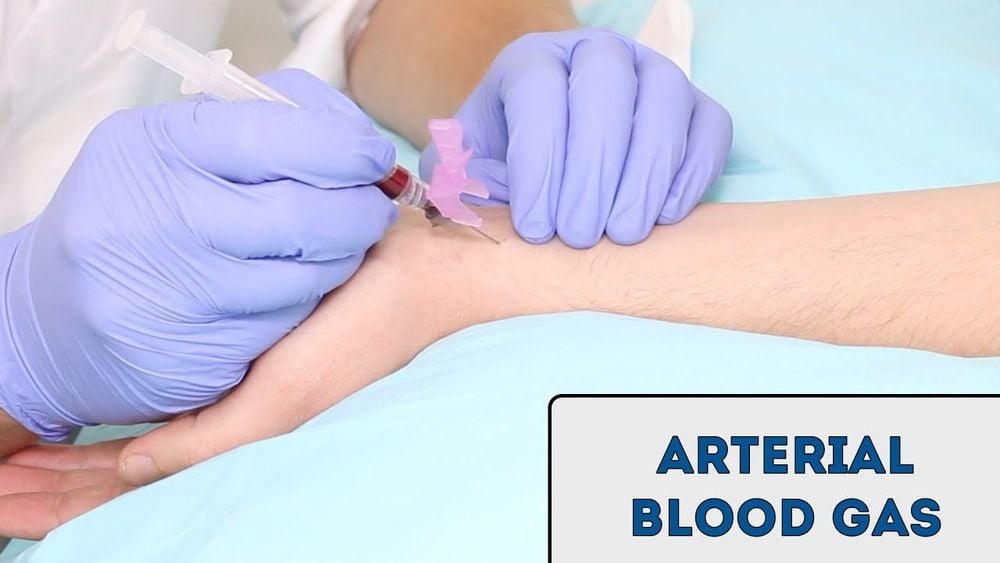
Chỉ số SaO2 được đo bằng cách đo khí máu động mạch (arterial blood gas).
4.Respiratory failure
As one of the indicators to assess respiratory failure, this is also the basis for doctors to diagnose the patient's respiratory failure.4.1. The blood gas parameters and acid-base balance changed and had the following values: Respiratory failure when
PaO2 < 70 mmHg. PaCO2 > 44 mmHg. SaO2 < 96%. Chronic respiratory failure when
PaO2 < 60 - 70 mmHg. PaCO2 > 50 - 60 mmHg. SaO2 < 80 - 90%. pH decreased. HCO3- increased. BE (+). BB increased. 4.2. Chronic respiratory failure is common in a number of respiratory diseases such as: In the lungs:
Alveolar hypoventilation. Bronchi - bronchitis. Pneumonia . Hen. Lao . Chronic Obstructive Pulmonary Syndrome (COPD). Emphysema . Lung cancer . Inhale CO2 and re-breathe breathed air. Nervous depression due to sleeping pills, paralysis. Inhalation of toxic gas, poisoning. Extrapulmonary:
Thoracic malformations, kyphosis scoliosis. Fatty. In some cases, chronic respiratory failure such as bronchiolitis - pneumonitis, pneumonia during a flare-up will easily turn into acute respiratory failure. Acute respiratory failure when
PaO2<50 mmHg. PaCO2 > 60 mmHg. Blood pH drops sharply. t.CO2 increased. HCO3- is elevated. BB increases, BE is positive and > 2. 4.3. Acute respiratory failure is seen in a number of respiratory diseases as follows: Extrapulmonary:
Obstruction of trachea due to compression. Due to brain damage. Due to complications of anesthesia. Due to chest trauma. In the lungs:
Pneumonia with superinfection. Inhalation of toxic gas. Pulmonary embolism. Pneumothorax effusion. Type I respiratory failure: only decreased blood PaO2:
PaO2 < 70 mmHg. PaCO2 < 45 mmHg. Type II respiratory failure: PaCO2 increased:
PaO2 < 70 mmHg. PaCO2 > 45 mmHg. Respiratory failure:
SaO2 < 50%. PaCO2 > 100 mmHg. Blood gas and acid-base balance tests allow the assessment of hypoxia and acid-base balance in the body.
In summary, SaO2 is one of the very important indicators in the diagnosis and assessment of respiratory failure besides other indicators such as PaO2, PaCO2, AaDO2.... In addition, SaO2 is also an indicator. The numbers can accurately reflect the oxygen saturation in the blood even in the case of patients with hemoglobin-related diseases because they can detect abnormal red blood cells in the blood.
Please dial HOTLINE for more information or register for an appointment HERE. Download MyVinmec app to make appointments faster and to manage your bookings easily.




